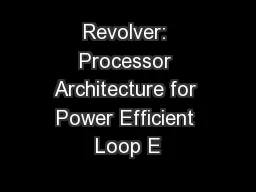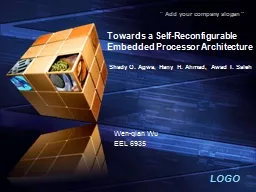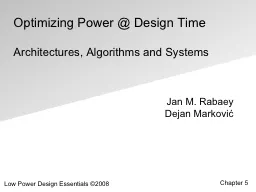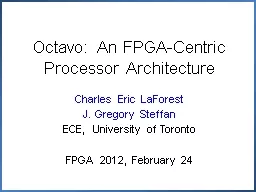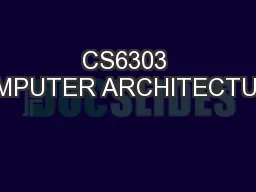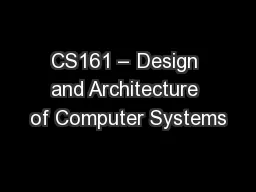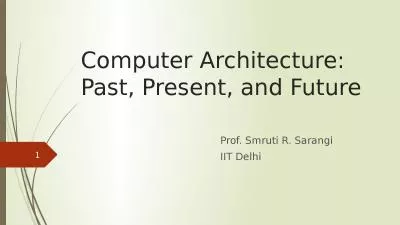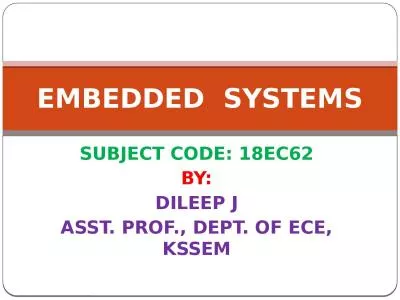PPT-Revolver: Processor Architecture for Power Efficient Loop E
Author : alida-meadow | Published Date : 2017-06-09
Mitchell Haygena Vignayan Reddy and Mikko H Lipasti Padmini Gaur 13IS15F Sanchi 13IS20F Contents The Need Approaches and Isssues Revolver Some basics Loop
Presentation Embed Code
Download Presentation
Download Presentation The PPT/PDF document "Revolver: Processor Architecture for Pow..." is the property of its rightful owner. Permission is granted to download and print the materials on this website for personal, non-commercial use only, and to display it on your personal computer provided you do not modify the materials and that you retain all copyright notices contained in the materials. By downloading content from our website, you accept the terms of this agreement.
Revolver: Processor Architecture for Power Efficient Loop E: Transcript
Download Rules Of Document
"Revolver: Processor Architecture for Power Efficient Loop E"The content belongs to its owner. You may download and print it for personal use, without modification, and keep all copyright notices. By downloading, you agree to these terms.
Related Documents

